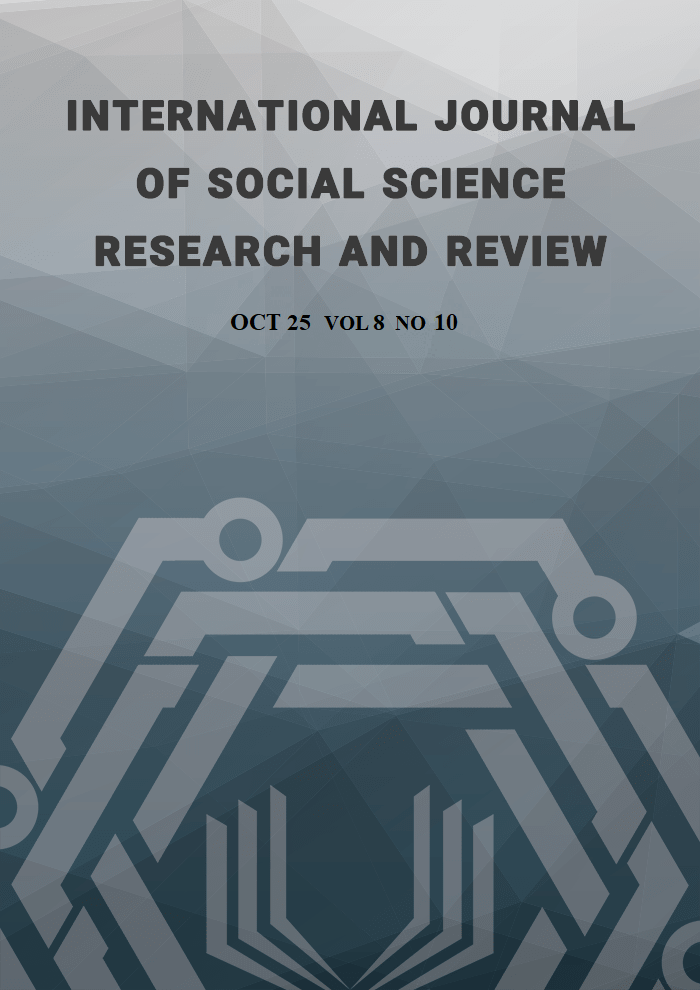Digital Microfinance and Behavioral Nudges: A Comparative Study of Fisher Communities in Philippines and India
Abstract
Digital financial inclusion and behavioral interventions are increasingly recognized as critical tools for empowering low-income populations. This study reviews literature from the past decade to compare how digital microfinance and “nudges” (behavioral prompts) are impacting small-scale fisherfolk in the Philippines and India. Our comparative analysis adopts a most-different-systems case-study design, since both countries have significant small-scale fishing sectors but differ markedly in scale, economic size, and institutional context. This approach helps isolate factors that are robust across settings. We analyze case studies and behavioural data on mobile banking, fintech credit, and community finance models in these regions. In the Philippines, initiatives like GCash’s partnership with agri-platform Mayani aim to close a ₱360 billion (~$6.3B) fisheries credit gap. In India, widespread adoption of smartphones, UPI (Unified Payments Interface) and app-based lenders has enabled instant small loans (hundreds to thousands of rupees) to fishers via digital wallets. We also examine evidence on behavioral nudges – low-cost interventions (e.g. reminders, defaults, social cues) that influence saving or repayment behavior. Global studies show that simple reminders and goal-setting can significantly boost savings and reduce delinquencies. However, tailored evidence for fisher communities is scarce. We discuss the differing socioeconomic contexts and financial ecosystems of the two countries, identify gaps and opportunities, and offer recommendations.
Copyright (c) 2025 Karunya Pandey

This work is licensed under a Creative Commons Attribution-NonCommercial-NoDerivatives 4.0 International License.
Copyright for this article is retained by the author(s), with first publication rights granted to the journal. This is an open-access article distributed under the terms and conditions of the Creative Commons Attribution license (https://creativecommons.org/licenses/by-nc-nd/4.0/).





